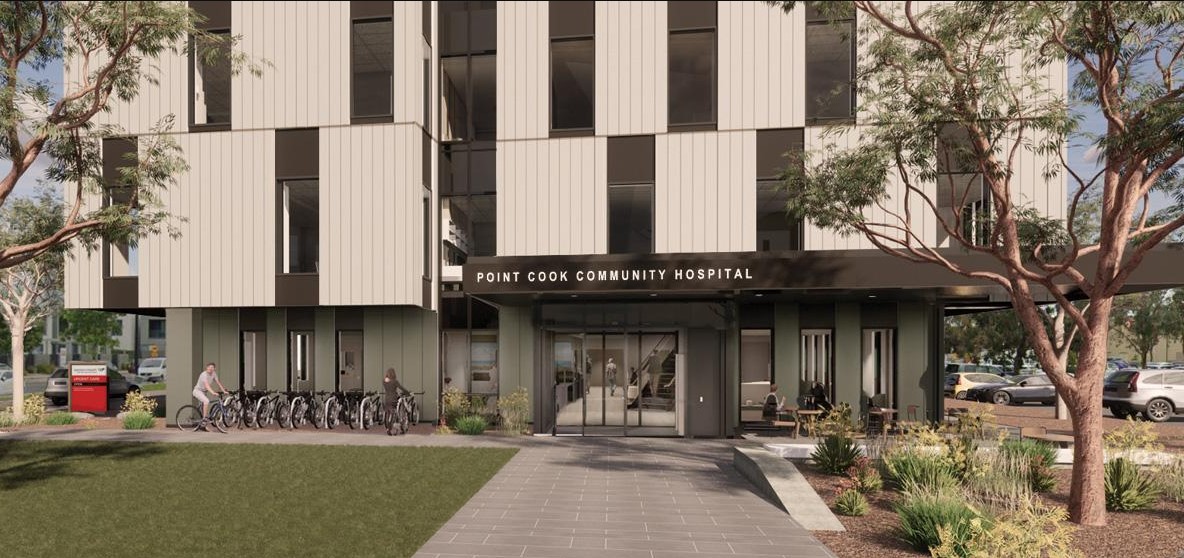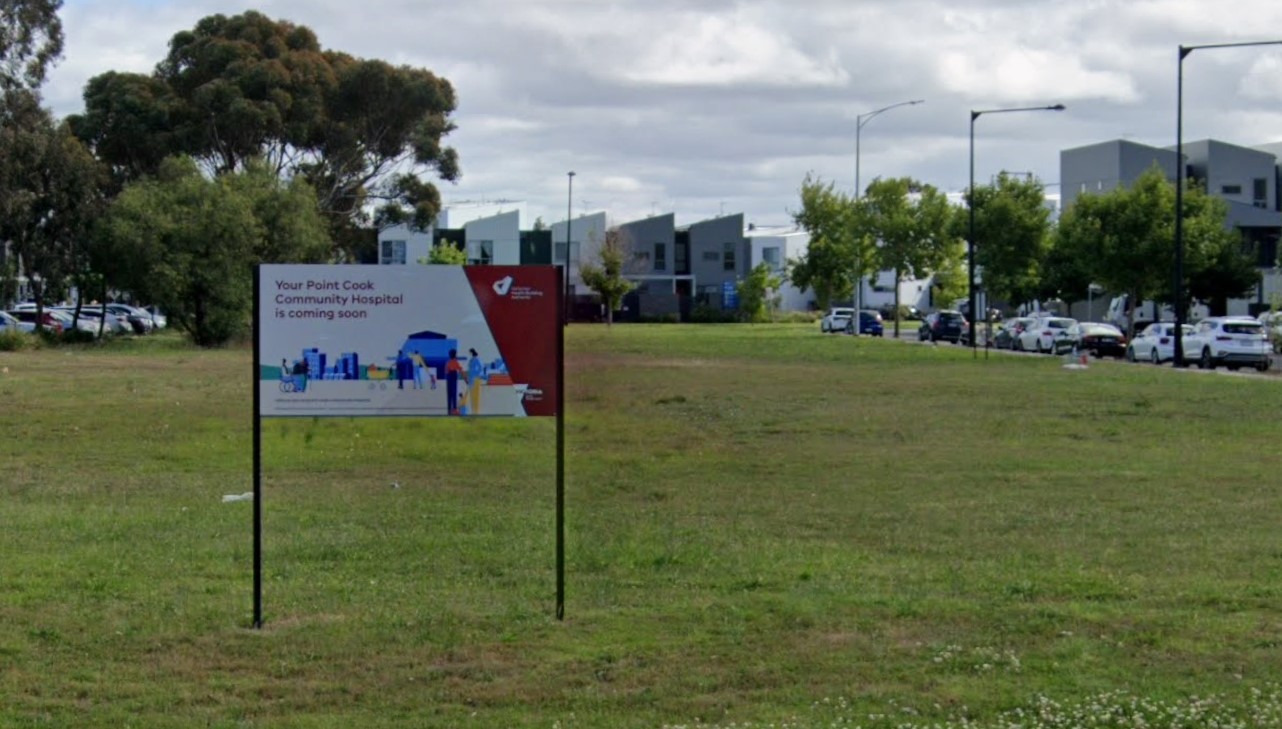03
Sep 2024
Inside the Clash Between Private Hospitals and Health Insurers
Published in News on September 03, 2024

Last week, Australia’s most prominent healthcare executives met with the Albanese government to address the worsening crisis in the nation’s private hospitals. The outlook was grim.
The $22 billion private healthcare sector is struggling due to rising operational costs, increased wages, and a drop in patient numbers following the COVID-19 pandemic. Many of the country’s 650 private hospitals face financial difficulties, with maternity services being especially hard hit by high specialist fees and out-of-pocket expenses. Further closures are expected as a result.
The situation has led to rising tensions between hospital operators and health insurers. Operators call for government support to keep their facilities open, while insurers argue that hospitals must undergo significant reforms to boost efficiency. Health Minister Mark Butler has initiated a sector review, with results anticipated next month. He has requested detailed financial reports from stakeholders to identify issues and evaluate reform needs. “Reports about the sustainability of some private hospitals are concerning, particularly those in regional areas where they play a vital role in the local community,” Butler stated through a spokesperson.
Conflicting claims from various parties complicate the review process. Hospital operators, which include listed companies, private equity firms, and church-backed not-for-profits, are at odds with insurers, state governments, unions, and groups representing GPs and surgeons. Some executives briefing Health Department secretary Blair Comley doubt the inquiry’s potential to resolve the issues. “I don’t think this inquiry will lead to anything,” one senior executive remarked. “The government will likely try to push it aside. It’s too difficult, and some hospitals will fail, leading to consolidation.”
The probe has intensified tensions between hospital operators, seeking government aid, and insurers, who worry their profits might make them targets for increased scrutiny. St Vincent’s, Australia’s largest non-profit hospital group, exemplifies this conflict, threatening to end its contract with health insurer NIB.
The government fears private hospital closures could further strain the already overburdened public health system. The issue also affects investors with substantial stakes in publicly listed health providers like Ramsay Health Care and private equity-backed Healthscope, which has been negotiating to restructure $1.6 billion in debt.
The pandemic marked a pivotal moment for private hospitals globally, with elective surgeries postponed and patients staying home. The sector's financial losses have worsened with post-pandemic cost surges—including rising wages, higher interest rates, and a shift towards day surgeries, in-home care, and online consultations. Industry players cite a 28.4 per cent pay rise for Victorian nurses over four years as a prime example of the cost increases facing the sector.
Meanwhile, insurers have seen a resurgence after years of losses. Their claims expenses fell during the pandemic, and private insurance uptake increased. However, early signs suggest these numbers might decline due to cost-of-living pressures. Data from the Australian Prudential Regulation Authority shows health insurance profits surged to $2.19 billion for the 12 months ending June 2023, doubling the previous year’s figure.
Michael Roff, CEO of the Australian Private Hospitals Association, highlights the imbalance: “We have the provider side struggling to make ends meet, with hospitals closing and going into administration, while health insurers are reporting record profits. Clearly, something is out of balance in this system.”
Butler’s inquiry proposes to overhaul the insurance industry’s price-setting mechanism, including service reimbursement rates. This has alarmed the insurance sector, which opposes further intervention in premium setting. Last year, Butler approved a 3.03 per cent premium increase instead of the requested 6 per cent, a decision delayed until after the Dunkley by-election.
“There’s a false perception that health funds are sitting on a pot of gold that can be raided to support struggling hospitals,” says Rachel David, CEO of Private Healthcare Australia. “Health funds have returned over $4.5 billion to consumers during the pandemic. It’s absurd to suggest that the government and consumers should bail out these private businesses.”
Disagreements persist about the number of hospital closures. The Australian Private Hospitals Association (APHA) claims that 71 hospitals have closed since 2019, but insurers argue this data is flawed. Butler reports a net loss of five private hospitals over the past year, with 16 opening and 21 closing.
The private hospital sector in Australia is diverse, with major players including ASX-listed Ramsay, which is profitable but under pressure, and Healthscope, which reported a $649 million net loss last year and is restructuring $1.6 billion in debt. Not-for-profit operators like St Vincent’s, St John of God, and Mater Health are also significant.
Insurance leaders argue that hospital closures are not necessarily harmful and that inefficient operators should be removed. They believe new technology and evolving care models, such as shorter stays and home care, reshape the healthcare landscape.
A public dispute over pricing is unfolding between St Vincent’s and NIB. Both organizations recently met with the industry ombudsman, who advised them to resolve the dispute independently.
The inquiry is also considering insurers' investments in out-of-hospital care, such as day clinics and telehealth. Critics worry this could lead to excessive control over patient care. “We must be cautious about the direction health insurance companies are pushing in Australia,” says Carmel Monaghan, CEO of Ramsay Australia. “We do not want to see our healthcare system deteriorate with poorer outcomes.”
For those needing accommodation during hospital stays, hotel options and serviced apartments can offer convenient solutions, especially for families dealing with extended hospital stays hotel visits.









